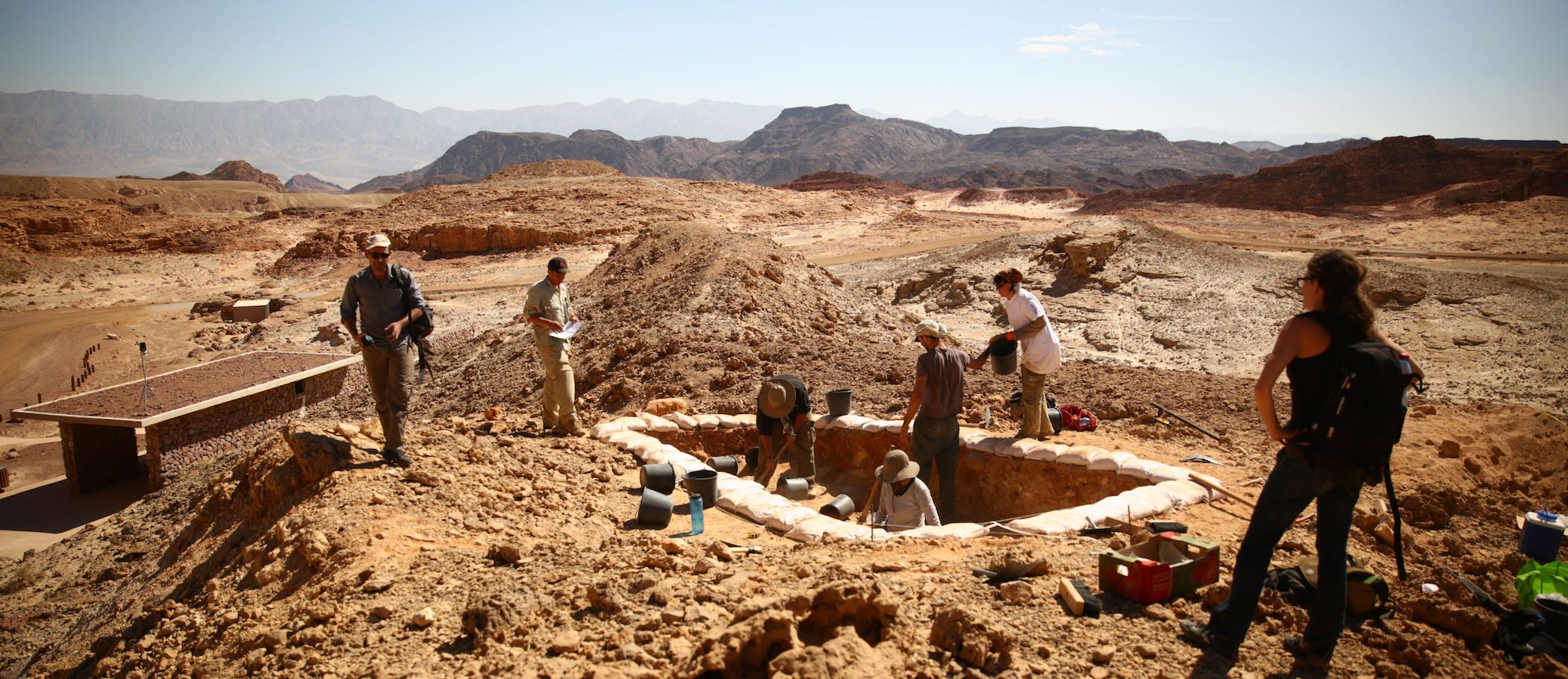When you buy through link on our site , we may bring in an affiliate delegation . Here ’s how it do work .
Ancient cemetery
A team of researcher , excavate a necropolis at the Dakhleh Oasis in Egypt , have uncovered the peak periods for ancient Egyptian conceptions and birth . The eyeshade period for conceptions was in July and August ( when the conditions was hot ) , and the peak geological period for births was in March and April . These patterns may be link up to opinion regarding the flooding of the Nile , which begin in June . Here , the burial of a child found in the cemetery .
Mom and infant
An grownup female with an infant bury beside her branch . The excellent saving of human remains at the site allow researcher to ascertain how many developmental weeks juveniles were when they died .
Eroding graves
The burying ground the investigator are search is located near the ancient town of Kellis . Researchers have uncovered 765 graves so far from the site , let in 124 babe who give out between 18 weeks and 45 weeks after design . The grave accent of the citizenry were oriented toward the rising sun , allowing research worker to tell which calendar month people die . In this photograph the remains of tomb social structure on the aerofoil can be go through . They are now heavily eroded from the wind and passageway of time .
Baby season
This chart shows how the rate of concept ( crimson ) and births ( black ) changed at the ancient Egyptian internet site over the line of the class ( Egyptian calendar month at bottom of chart ) . March and April births were 20 pct above modal , with excogitation being 20 percent higher in July and August . The crimson sections represent Egyptian festivals and the blue sections periods of early Christian sexual prohibitions , such as at Advent and Lent .
Dakhleh Oasis
A map of Egypt ’s Oases , the Dakhleh Oasis can be find out on the lower left . It is located about 450 Roman mile ( 720 kilometre ) sou'-west of Cairo .
Ruins of Kellis
Here , the ruins of Kellis , also known as Ismant el - Kharab , which is located in the Dakhleh Oasis . In ancientness it had a population of at least several thousand . The site was abandoned for unknown reasons around A.D. 400 .
Spreading Christianity
The web site of the cemetery existed at a clock time when Christianity was spreading in Egypt . This image shows the remains of a large church . The scatter of Christianity appear to have had an effect on invention and birth cycles at the site . Conception dipped to 20 percent below norm in January , a meter close to both Advent and Lent when early Egyptian Christians were supposed to refrain from sex .
Kellis Temple
Although Christianity was spread in Egypt , traditional spiritual beliefs were still strong . This image shows the clay of a tabernacle at Kellis .


























